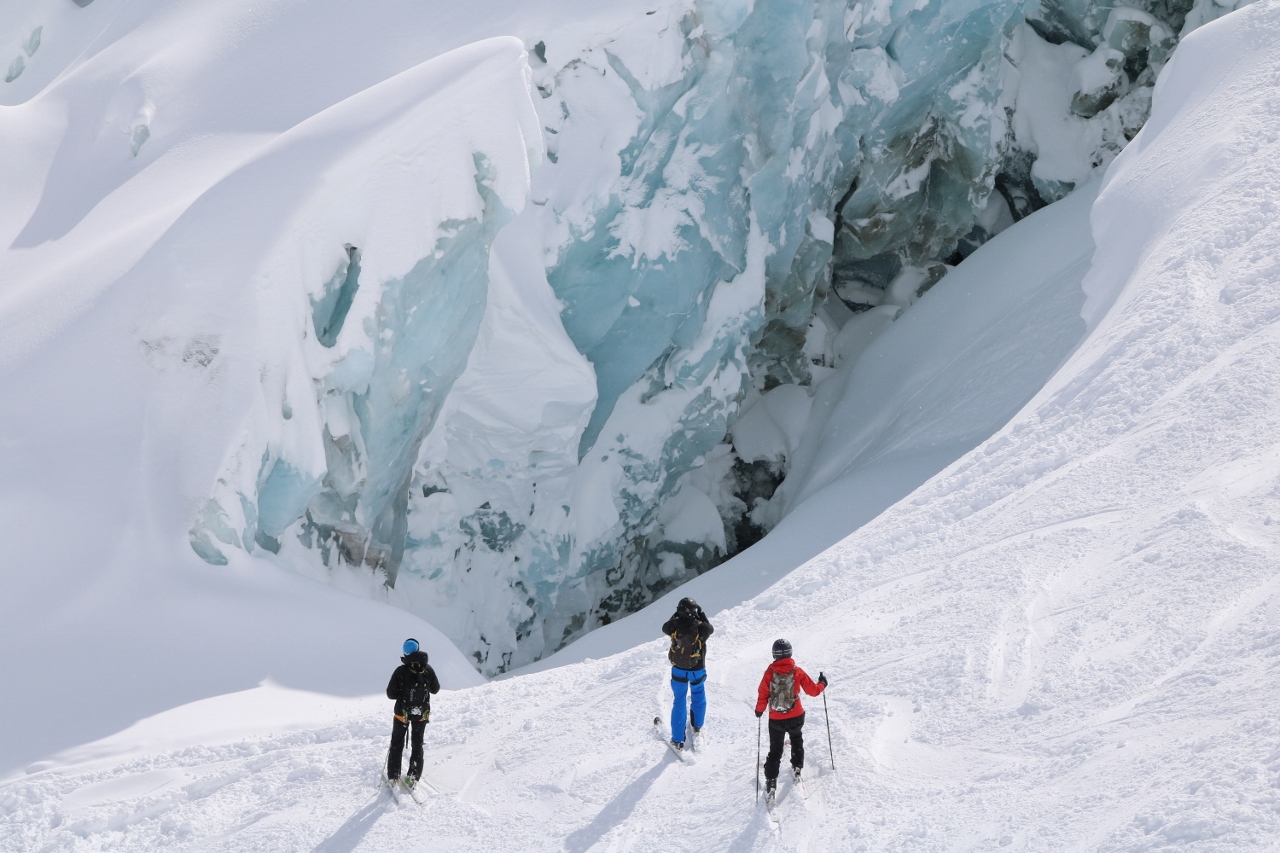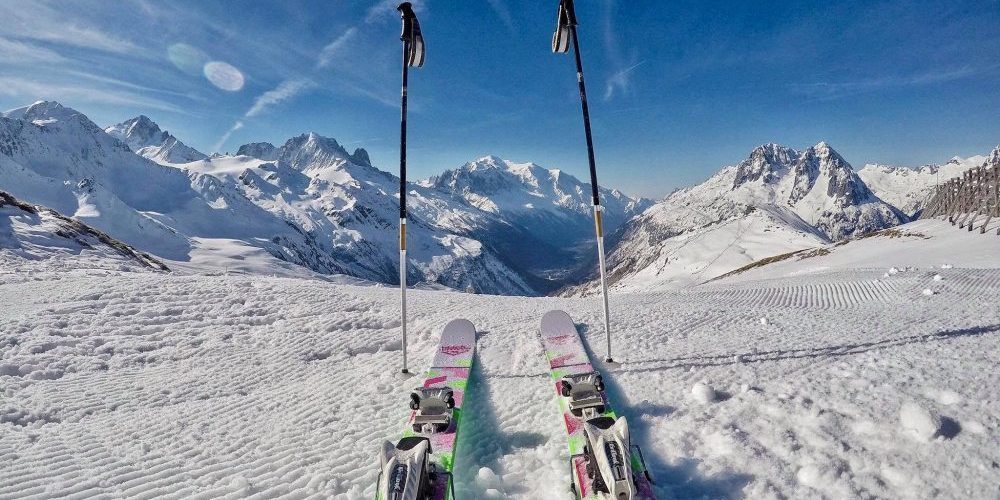Nestled in Mont Blanc’s shadow, Chamonix Valley is one of the most spectacular places on Earth.
Locals have known this truth for centuries. Yet, for more than 200 years tourists have come from across the globe to witness its splendour. Its reputation as a world-class ski area with stunning natural beauty made Chamonix the perfect backdrop for the first Winter Olympic Games in 1924. Since the first skiers descended its slopes, it’s captured the imagination of sportspeople and artists alike.
Such natural beauty is precious, especially for residents in the tourism industry. That’s why, as climate change threatens mountain communities worldwide, the CCVCMB (Chamonix’s local authority) has placed “eco-consciousness” at the top of its agenda.
In 2013, Chamonix was one of the first three ski resorts in France to earn a Floçon Vert. On their website, the independent watchdog attributes this to the strong environmental education children receive in Chamonix’s schools. “Patrimoine”—a sense of natural heritage and cultural history—is one of the resort’s core values, nurtured through school trips, local events, and cooperative initiatives with other villages in the Savoy region.
Floçon Vert has also praised Chamonix’s “ecological transition” over the past two decades, a change that finally earned the resort its Cit’ergie label in May last year. In September 2022, the CCVCMB launched the “La Nuit Est Belle” campaign: reducing street lighting by 35% and encouraging residents to turn off excess lights to reduce light pollution in the valley.
Since the construction of the valley’s Emosson Dam in the late-1960s, hydroelectricity has been key to Chamonix’s transition. Indeed, the only part of the resort still reliant on fossil fuels are its snow groomers.

Chamonix
However, Mathieu Dechavanne, CEO of the Compagnie du Mont-Blanc lift company, stated in 2021 his aim for these vehicles to be carbon neutral within “5 to 10 years”. The company is investing heavily in hydrogen fuel cells and hybrid technology, and as part of its environmental work for the resort has run an ecological observatory since 2014 to identify areas of concern.
For eco-conscious visitors, Chamonix is one of few resorts in France accessible by rail coming from either Paris, London, or Geneva, with one stopover at St. Gervais. Electric-powered shuttle buses are free throughout the resort, as well as trains between the communes of Servoz and Vallorcine.
More exciting, a new cycle path is under construction between Chamonix and Argentière. It will eventually link the valley all the way to Lake Geneva via the V61 national cycle route. The prospects of a cycling holiday in the Alps have never looked better.

Chamonix
For all we can do to mitigate further climate change, many of its impacts are too late to reverse and will require adaptation. In Chamonix and other mountain towns, the accelerated melting of glaciers is causing “ephemeral waterfalls” and in some cases, overwhelming the hydroelectric systems described above. Chamonix recognises this as a problem that will continue for “several decades”.
For millions of years, these glaciers have acted as a “gigantic water tower”, providing water not just for the mountains but surrounding low areas. Chamonix’s Mont Blanc glacier ultimately flows into the Rhône. Hence, along with having the most “monitored glacier in the world” at Argentière, the resort is looking ahead towards renovations of its water management systems.
As annual recorded snowfall declines across the Alps, diversifying resort activities is essential to guaranteeing Chamonix’s future. Fortunately, the valley has always been an all-seasons destination. Today, around 50% of Chamonix’s annual visitors arrive between May and October.

Chamonix
It’s no wonder given the number of activities visitors can enjoy. Mountain biking, rock climbing, paragliding, glacier tours, snowshoeing, dog sledging and ice climbing mean a trip to Chamonix doesn’t have to be a “ski holiday”.
For those interested in climate change’s effect on the glaciers, local geomorphologist Dr. Ludovic Ravanel offers eco-tours throughout the valley. Teresa Kaufman offers photography expeditions and at the Richard Bozon sports centre, tennis and swimming are possible year-round. In summer months Chamonix boasts an 18-hole golf course, an Olympic size outdoor pool, and rafting and canyoning expeditions.
One must-see is the Gorges de la Diosaz, “a grandiose and unusual spectacle” comprising five giant waterfalls, accessible via a hanging path over footbridges. On the mountain, you might even encounter local fauna like the chamois, ibex, or ptarmigan—though the resort stresses that any lucky hikers should quietly leave the animals alone and stay on the trails. Chamonix operates a “Leave No Trace” policy when accessing the outdoors, especially as over 90% of its land is under rules and regulations (including three nature reserves).
Climate change is a major threat to both areas of natural beauty and snow sports. Yet thanks to continued efforts in the valley, Chamonix expects to remain a world-class resort, view, and community for many years to come.
We have a regular Podcast called The White Out where we review the latest gear, talk about the latest snow forecast and updates on where is best to ski now, as well interviews with absolute ski legends AND we spotlight a resort every week and so much more. You can check out our regular podcast here Apple | Spotify | Podcasts or search The White Out on your chosen podcast directory.




